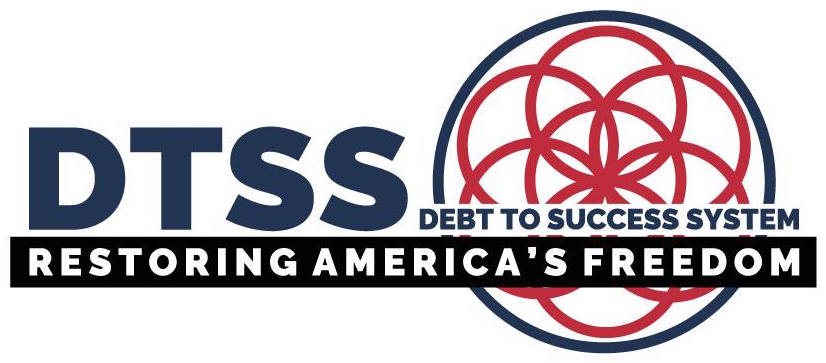The Federal Reserve and Jekyll Island. The True Story Behind America’s Banking System
The Federal Reserve And Jekyll Island. Where The Central Bank of The United States Was Conceived.
The Federal Reserve and Jekyll Island are linked together in American history in a secret way that not many Americans are aware of.
In 1886 Jekyll Island, located near Brunswick, Georgia, was purchased by a group of influential millionaires as a place for them to meet in the winter months to hunt.
By 1900 members of the private resort included such names as Vanderbilt, Pulitzer, and Astor, while some high-ranking men were actually denied membership, including President McKinley and Winston Churchill.
In 1908, after a financial crisis in 1907 when America was in a recession due to the banking system not having a backing lender, the United States Congress created the National Monetary Commission.
The commission, led by Senator Nelson W. Aldrich, was organized with the intent of reviewing the current banking policies in the country.
The committee traveled around Europe gathering information about the different banking policies other countries were successfully using.
In 1910 a secret group, organized by Senator Aldrich, was called together with a plan to meet privately so they could discuss the restructuring of the banking system in the United States.
It was during this secret meeting, as decisions were made regarding the banking system in this country that would affect Americans for many years to come, that the Federal Reserve and Jekyll Island became tied together in history.
Secrecy on Jekyll Island
These seven men, who met in secrecy at the hunting lodge on Jekyll Island in November of 1910, gathered together in New Jersey and then traveled unseen in Aldrich’s private rail car. They each carried with them gear for duck hunting so that to any snooping reporters they looked just like a group of men off to hunt duck.
The seven of them were all financial powerhouses and leaders of huge corporations. It was crucial to Aldrich’s plan that no one knew he was calling on these powerful men to help, as he believed, in saving the financial empire of the United States. To maintain their secrecy they agreed that from their very first meeting in New Jersey they would only refer to each other by a first name.
All of these men were at Jekyll Island to come up with an unconstitutional agreement between the United States government and private corporations. They wanted to be able to limit the power of their competitors. They also wanted to be able to create money out of debt, money that would have no backing by gold or silver, money that would come about by endlessly lending out money that didn’t exist.
They knew they would be able to become wealthy beyond their dreams by bringing an old European banking system to the United States, a system of financial duplicity that would come to be known as “fractional reserve banking.”
Federal Reserve and Jekyll Island. Who Were the Secret Seven?
So who were these men who would be linked forever to the Federal Reserve and Jekyll Island? The first public record of their names wouldn’t become known until 1916 when B. C. Forbes, author and founder of Forbes Magazine, talked about the secret meeting in his book “Men Who Are Making America.” It is said that Forbes learned the names of the seven men from the stationmaster at Brunswick, Georgia.
What follows is the names of the seven men who would change the financial structure of the United States forever.
Nelson W. Aldrich, Republican Senator
A. Piat Andrew, Assistant Secretary of the Treasury
Benjamin Strong, head of JP Morgan’s Bankers Trust and later to become the chairman of the Federal Reserve
Henry P. Davison, Sr, partner at JP Morgan
Paul M. Warburg, representative for the Rothschilds and Warburgs in Europe, and partner in Kuhn, Loeb & Company
Frank A. Vanderlip, President of National City Bank in New York, representative for William Rockefeller
Charles D. Norton, President of 1st National Bank in New York
Frank Vanderlip, years after 1910, wrote the following in the Saturday Evening Post.
‘…it would have been fatal to Senator Aldrich’s plan to have it known that he was calling on anybody from Wall Street to help him in preparing his bill…I do not feel it is any exaggeration to speak of our secret expedition to Jekyll Island as the occasion of the actual conception of what eventually became the Federal Reserve System”
– Frank Vanderlip, February 9, 1935, Saturday Evening Post, page 25.
Federal Reserve And Jekyll Island. The Rising of the Federal Reserve
And so it was that in 1910 the Federal Reserve and Jekyll Island would become intertwined in a connection that would alter history. It was there at Jekyll Island that Paul Warburg, the true architect behind the Federal Reserve, would set the strategy in motion for a new central bank through which the plan of fractional reserve banking would unfold.
But this new bank couldn’t be called the central back since this was something America didn’t want. The bank would be under the control of Congress. However, the majority of the bank’s members would be chosen from private banks, which would each own their own percentage of the stocks. “Federal Reserve” seemed to be the ideal name.
And so the Federal Reserve of the United States was born, a bank that had little or nothing to do with protecting the financial situation in America.

 My First Amazing Ayahuasca Experience
My First Amazing Ayahuasca Experience  Pine Needle Tea
Pine Needle Tea  The REAL Controllers of Humanity: The Papal Bloodlines
The REAL Controllers of Humanity: The Papal Bloodlines  Is it Global Warming or Cooling?
Is it Global Warming or Cooling?  Gun Rights and Obama Examined
Gun Rights and Obama Examined